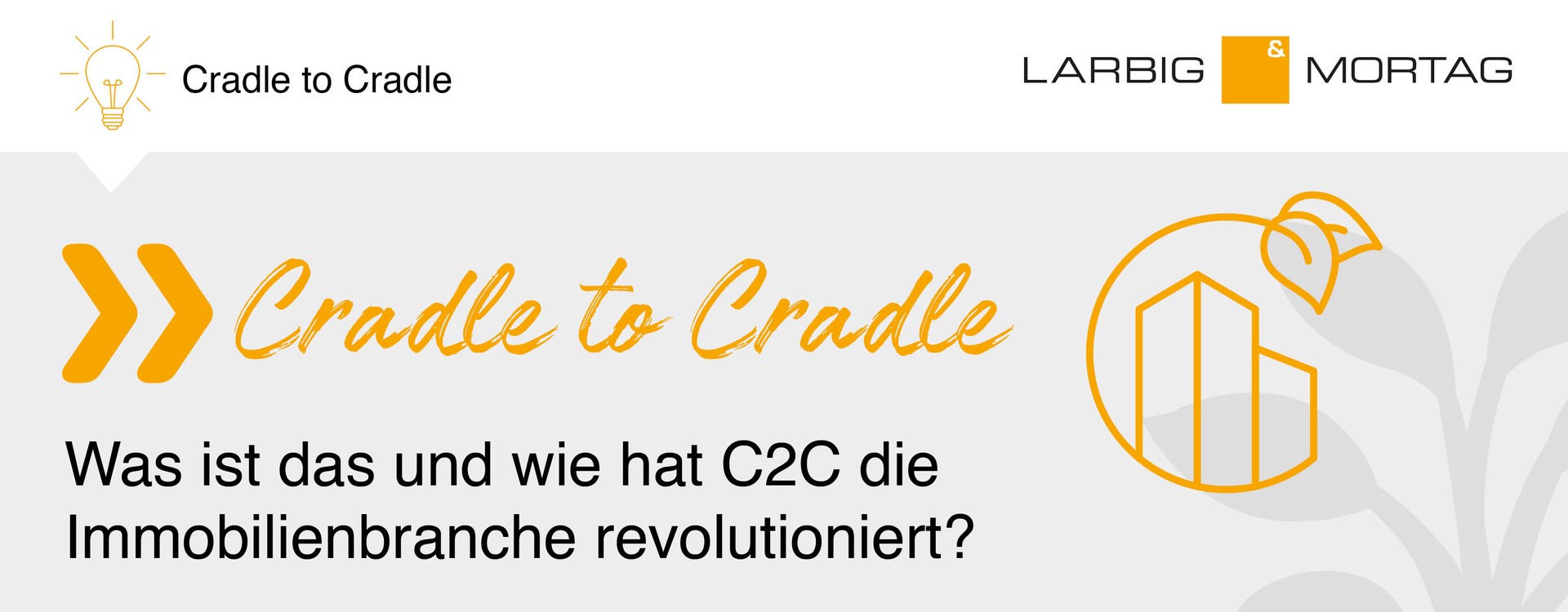Cradle to Cradle (C2C for short) is a cycle that has been adapted to nature. German chemist Michael Braungart and US architect William McDonough developed the Cradle to Cradle principle. We would like to explain exactly what this means in the following.
In this cycle, products are designed in such a way that their recyclability is guaranteed right from the start. This means that products should not end up in the trash after use, but should be remanufactured into new products.
Unlike recycling, window glass is not turned into new container glass, but into new window glass.
There are two different cycles into which products are divided.
The biological cycle includes all parts that can wear out in nature. These must be completely biodegradable without releasing any harmful substances.
The second cycle is the technical cycle, which is the opposite of the biological cycle. This cycle includes parts that cannot be biodegraded and must not enter the natural environment.
It is important that the cycles are carefully separated from each other so that products can be easily broken down into their components. These components are the raw materials for new products.
But what does cradle to cradle have to do with the real estate industry?
Real estate also has a cycle, which is mostly not natural and produces a lot of construction waste and other waste. However, the principle only works for real estate if it is applied from the design stage through construction and use to demolition. Everything must be built, used, and taken back in such a way that the raw materials can return to the cycle.
A biological cycle can be created through the use of resource-saving building materials that are biodegradable. This has the advantage that when an object is no longer needed, the components used can be returned to the technical cycle without any loss of quality and thus reused for new products. Investors benefit from lower construction costs, higher property values, and ultimately from the elimination of hazardous waste disposal.
Users also benefit. They can enjoy health benefits such as better air quality and improved building quality.
The Netherlands has long been considered a role model for C2C. Now Germany is following suit and constructing a hybrid wood office building called "The Cradle" in Düsseldorf's Media Harbor, which is being built by INTERBODEN on an area of over 7,000 square meters. During construction, attention is being paid to CO2 emissions and efforts are being made to reduce them. Care is also being taken to minimize the use of non-recyclable materials.





